Animals
-
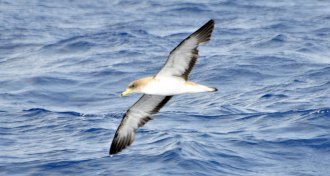 Animals
AnimalsSeabirds may navigate by scent
Shearwaters may use olfactory cues to find islands far across the open ocean, a new study suggests.
-
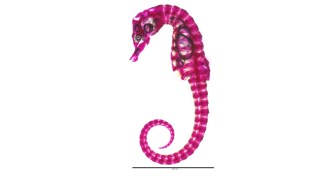 Animals
AnimalsWhy seahorses have square tails
3-D printed seahorse tails reveal possible benefits of square cross-sections for armor and gripping.
By Susan Milius -
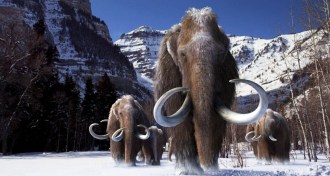 Life
LifeGenetic tweak hints at why mammoths loved the cold
An altered temperature sensor helped mammoths adapt to the cold.
-
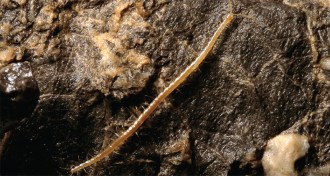 Animals
AnimalsCentipede discovered in caves 1,000 meters belowground
A newly discovered centipede species lives deep underground.
-
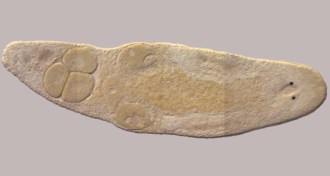 Animals
AnimalsFlatworm can self-fertilize by stabbing itself in the head
Hermaphroditic flatworms with hypodermic-style mating get sharp with themselves.
By Susan Milius -
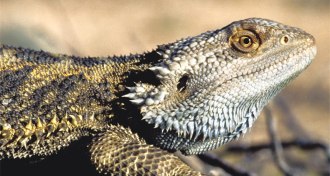 Animals
AnimalsHeat turns wild genetic male reptiles into functional females
Genetic male bearded dragons changed to females by overheating in the wild can still breed successfully.
By Susan Milius -
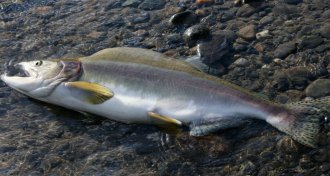 Climate
ClimatePink salmon threatened by freshwater acidification
Ocean acidification gets more attention, but freshwater systems are also acidifying. That’s a problem for young salmon, a new study finds.
-
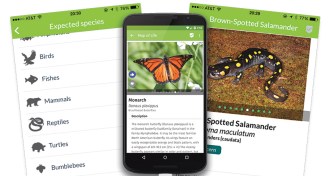 Tech
TechNew app creates a searchable network of species worldwide
A free new app compiles millions of records of species worldwide and allows users to add sightings.
-
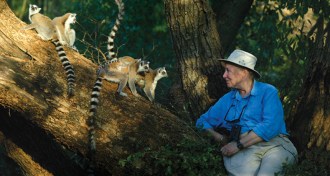 Life
LifeAlison Jolly’s last book chronicles efforts to save lemurs
In ‘Thank You, Madagascar,’ primatologist Alison Jolly, who spent decades studying lemurs, provides an insider’s account of the struggles that conservationists face.
By Erin Wayman -
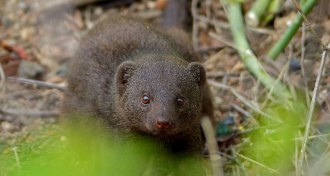 Animals
AnimalsFor dwarf mongooses, handstands aren’t just good fun
Dwarf mongooses may use marks laid down in handstand positions to gather information on rivals, a new study shows.
-
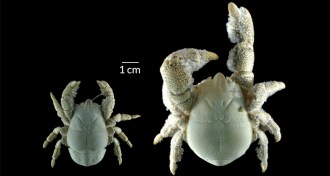 Animals
AnimalsNewly discovered yeti crab swarms around Antarctic hydrothermal vents
A newly discovered species of yeti crab thrives in tough conditions on Antarctic hydrothermal vents.
-
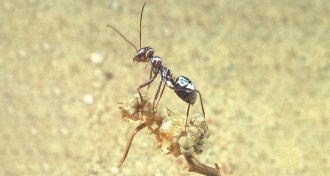 Animals
AnimalsSilver ant hairs reflect sunlight, keeping Sahara dweller cool
The shiny hairs of the Saharan silver ant simultaneously reflect sunlight and permit the release of body heat, keeping the insects just cool enough to scavenge in the extreme summer sun.
By Andrew Grant